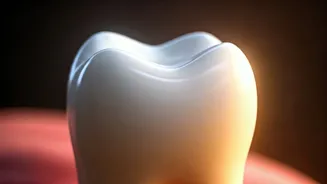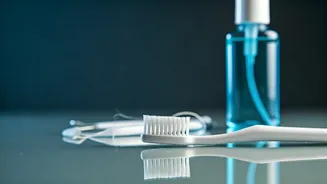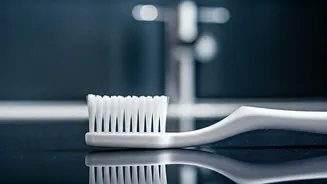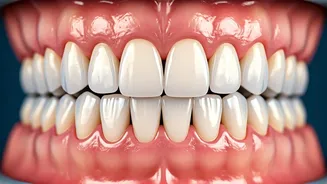Ancient Oral Care
The journey of toothpaste began long ago, with early civilizations crafting rudimentary oral hygiene solutions. Ancient Egyptians, known for their meticulous
hygiene practices, created tooth powders around 5000 BC. These mixtures often included ingredients like crushed animal bones, ashes, and burnt eggshells, designed to clean and polish teeth. Greeks and Romans later adopted and adapted these practices, incorporating elements such as crushed oyster shells and pumice. These early forms were a far cry from the minty, foamy paste we use today, yet they demonstrate a consistent human desire to maintain oral cleanliness and health throughout history.
Evolution of Formulas
Over the centuries, toothpaste formulas underwent significant changes, driven by advancements in chemistry and a better understanding of oral health. By the 18th century, a more refined version emerged, often containing ingredients like soap and chalk. The introduction of fluoride in the 20th century marked a pivotal moment, as it significantly improved toothpaste's effectiveness in preventing tooth decay. Initially, fluoride was met with some resistance but quickly became a widely accepted and essential ingredient. The evolution of toothpaste reflects the ongoing efforts to create more effective, palatable, and beneficial oral hygiene products.
Key Ingredient Roles
Modern toothpaste formulations are a testament to the power of scientific advancements. Ingredients play different roles to ensure effective cleaning and oral health. Abrasives, such as hydrated silica, help to remove plaque and surface stains, contributing to teeth whitening. Fluoride, a critical component, strengthens enamel and prevents cavities. Detergents create the foaming action that helps to spread the paste throughout the mouth, while flavoring agents make it more pleasant to use. Humectants are added to retain moisture and prevent the paste from drying out, and binders ensure that the ingredients are held together.
Toothpaste's Impact
The evolution of toothpaste has had a profound impact on public health, significantly reducing the incidence of dental diseases worldwide. Regular use, combined with other good oral hygiene practices, such as brushing and flossing, contributes to healthier teeth and gums. The availability of effective toothpaste has empowered individuals to take control of their oral health, leading to improved overall well-being. Today, there's a wide variety of toothpastes available, catering to specific needs such as sensitivity, whitening, and gum health, highlighting the ongoing innovation and refinement in this important product category.













